Let's talk about the Creative Designer
Jul 20, 2022Decisions that change your future!
With Tomas De Bruyne, Lead Instructor at EMC
As it happens in any creative evolutionary journey, once one reaches a certain stage of growth and development, the action or lack of action into pushing towards further growth defines how far ahead that person will get. In the case of floral design, once you have reached the third stage, of being a creative designer, the two options, of growing more or staying in this stage, are surely a personal choice. Just as some people find joy and happiness in the comfort of this stage, where their design has reached a satisfactory level, others still strive for more and wish to expand their creative abilities towards infinity.
This lecture is focusing on the creative designer. In the previous one, we talked about the everyday designer. Before the everyday designer, we talked about the novice. Clearly, the constant raise of the creative bar is happening, since yo have reached this third stage, and therefore we can talk about it as being a 'successful stage'. In this stage, if we just analyse a little bit what is changing, there now is a certain openness to constructive criticism. These people start to know the power of practice. Of course, the everyday designer began to understand it, but the creative designer gets it more on a deeper level. The practice that will be happening will be totally different because you have the urge to move heaven and earth to go forward.

There are going to be two extreme motivations that trigger this urge. The first one is as I mentioned, the desire to keep growing and the second one is the motivation of fear. You feel that you must do something for if you don't, you will go out of business. You went to the stage of being an everyday designer and now you must work so hard, even harder than before. I almost ignored this feeling in my own time, choosing in a way to deal with it by not nourishing it, but, believe me, I was there as well. I worked day and night. I remember when we went on a holiday, we didn't book the classic seven days. We always booked ten days because we knew the first few days, we were totally feeling like being in a coma, totally exhausted. We needed three days at least to adjust our bodies and rest, before we could enjoy the holiday so, trust me, I am really speaking from experience.
Having said that whatever it is that drives you, there is clearly a desire to move on for the creative designer. You form an idea on the starting point of where your passion is and you have the passion for what you do. It was Nelson Mandela who said something that is so meaningful: ‘There is no passion to be found, playing small’.
Isn't that beautiful? In a certain way, you want to grow. You want to go up and raise the level for yourself. That is beautiful. You don't want to settle for a low or an existing creative level in your life. You know you are capable of more, there is more in your creative genes. They are talking to you, saying, ‘Let me out, I want to be creative’. You start to embrace creative challenges, not huge challenges, but the fact that you are starting to create your own openings for creative challenges gives you opportunities to learn.
And while that means you're in a good way, the fear of failure is still there, but it's smaller. If you make a new type of design, you are challenging yourself. I always do that to myself as well. If I do a demonstration, there are always one or two designs that are really pushing me to overcome my limits, doing something totally new, and I don't know if it will be a success. I do know the outcome but, you know, I take a chance and it's natural, I need that just to grow myself. At this stage, you are leaving your fixed kind of mindset, thinking this is possible but, if you go beyond this, it is not possible anymore. You are going towards an opening. We call it a growth mindset, and yes, it is okay. From time to time, you just switch between those two, from the open to the closed mindset. Yes, it happens with me. It's just normal. You start to realise that life is not only about finding your own limited creativity, but it's more about discovering the infinite world of creativity. Once you have found that, you have tasted the flavour of that infinite creative creativity. You can come up in the world that is divine, honestly, and you try to migrate, you try to embrace failure and your design outcomes.
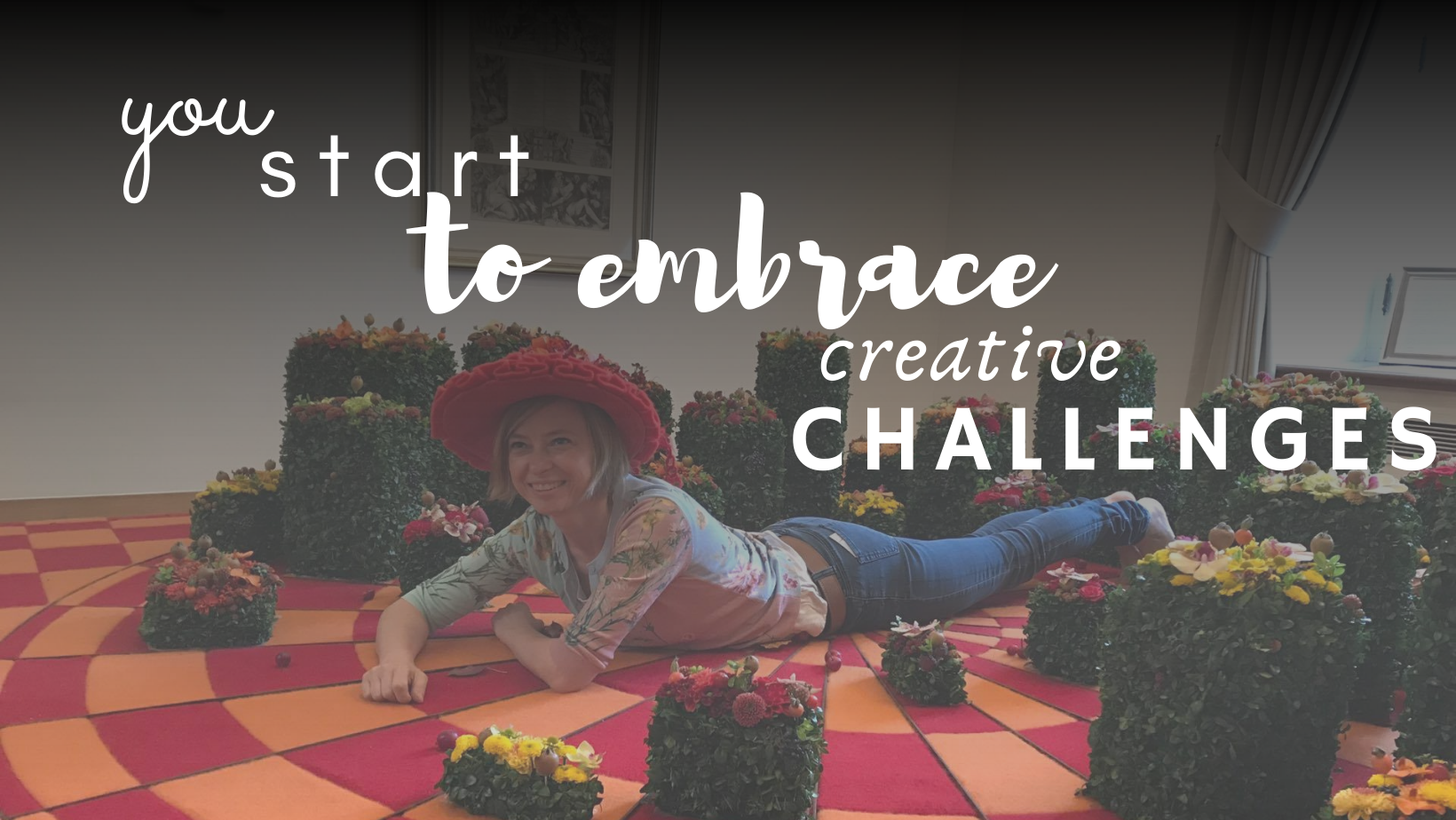
You are getting more familiar with the unfamiliar aspect of failure, which is really good. You decide to go for action, and you see that you have no time to lose. You are open, and you stretch yourself even more. You have got a taste of that creativity and it doesn't make sense to you to stop now. Once you have found it, you want more of it, right? Your creative life becomes an exciting journey to figure out new techniques, new mechanics, but also new design possibilities. You are not fixed just on those techniques. Remember that I was talking about the everyday designer, who thinks that it is about techniques. A creative designer starts to realise it is about the potential of that technique, or it is about what you do with that technique, not the technique in itself that makes the difference. Ask yourself, should there be more than the ten techniques that I know, and more than ten types of mechanics?
You are at the stage when it's okay to leave the familiar zone and taking the risk to do different things in order to grow your creative skills. You begin to see yourself as a growth platform and you believe in yourself. You can create average designs building on your everyday designs, but now they are more focused. You go a step higher, saying I want to create above average designs. Sometimes you fail and sometimes you make something almost in perfect harmony, but it's okay, because you are challenging yourself. You start to be aware and to understand the design process. It is not about just putting some flowers together, just throwing some flowers together and you have something. No, there should be more. It's a form of language because, as we say, flowers are our emotion.
As I mentioned before, I am sharing this from my own experience. I know that I told you that I wanted to move on to the next stages, despite having a really successful commercial shop. Honestly, I really had, and at that moment, I had to choose to take the step further from being an everyday designer, I wanted to become that creative designer. This is the creative, innovative state you are at; this is the pivotal stage, and you must decide upon your future path. I know it's a very, very challenging point. Coming back to my own story, as I was thinking, it would be a huge risk, but I made the decision, and I stopped my very commercial shop. I just walked away from it, but I didn't know how it would go. I had more creative opportunities and I started to focus myself on events and on parties. I even started to give demonstrations.
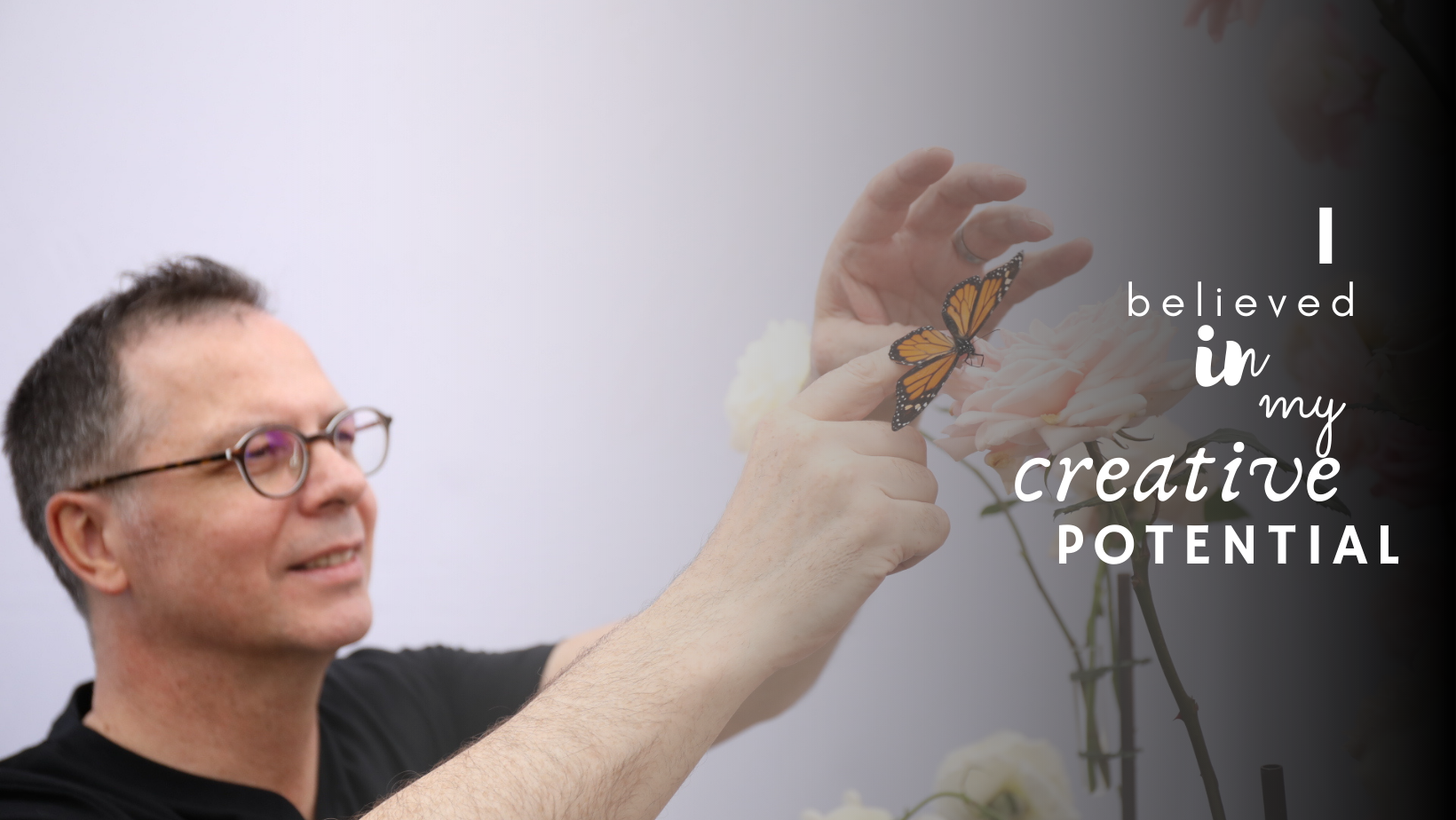
I was not confident, but I knew I had to give my best. I had to deliver something to the people. I even started some small courses, not that big, but you know, starting from the people around me, I maybe knew one person who was asking, ‘Tomas, can you come up with course or something like that, or a workshop’. Yeah. Oh my God, I just loved it. In short, I believed in my great creative potential. I embraced the word ‘potential’ and potential is so beautiful. And I saw the potential in myself. I saw the potential in my skills. I saw the potential in my medium, the flowers, because the more you work with flowers, the more you realise how incredible they are. You work in a little universe. You can have it in your hand. All the elements are in there. Colours, shapes and forms, density, and character – dynamic and static. It's all in that flower. That was huge for me.
The better you can communicate emotions, the better you can talk to and with people. You get a rapport. You can translate what they want to say. You get to realise actually what flowers can say. There is a language. You want to learn that language. You are aware that it is not only about working hard day and night, but more about ‘work-smart’. I know so many people who work so hard, but nobody knows them. Yet there are some people out there who do not seem to be working, or to phrase it more accurately, don't seem to work super hard, but because they have pre-programmed, they are working smart, and everybody knows them. How do they do that? Well, once again, smart is better than hard when it comes to work. So that, of course, doesn't affect only free time, your quality time, but also financially. Financially, you can monetise the fact that you are smarter than the people who work very hard, but not smartly.
You know what I am trying to say. You start identifying yourself as a designer. You're not seeing any more that, ‘you know, I'm a florist. I just arrange some flowers’. You start to think as a designer. You look at the colours. You look at each flower and so on. You are not just contemplating, but you are working with those botanicals and starting to see all those elements. By doing this, you start to feel more comfortable in what you do. It means you are uplifting yourself and giving you self-confidence, which is really important. The more self-driven you are, the better you're going to sell, and the better you're going to become and be able to communicate.
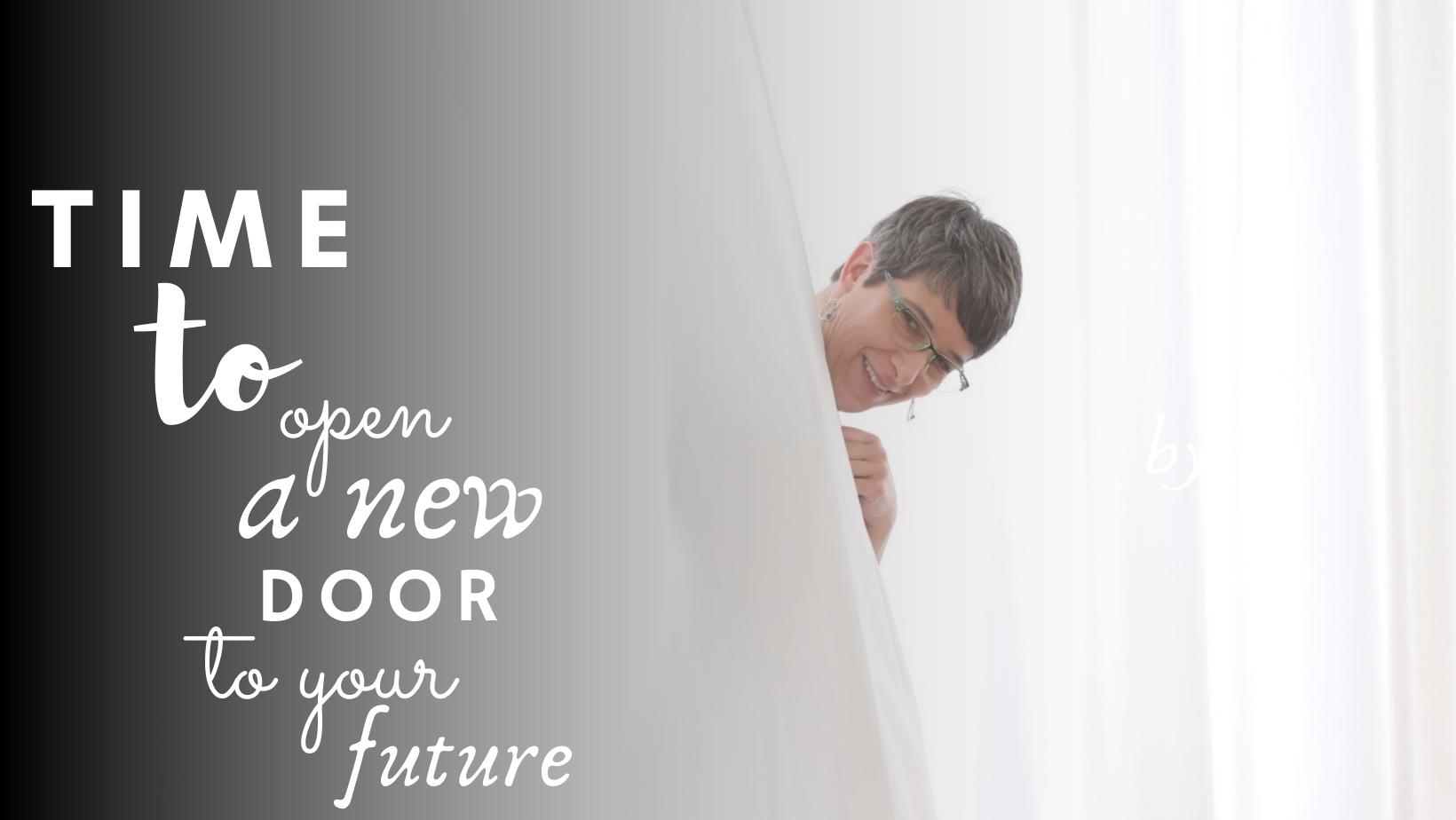
You also know that if you're going to educate yourself, it will be far cheaper than the trial and error you did as an everyday designer and that is not only financially. If you do the trial-and-error method, you do not calculate your time. That is the first thing. If you try something and it doesn't work, you may have to throw the flowers away, as it is not working either. If you want to step up more quickly to the next stage, it goes faster if you follow the journey of somebody who has already got there. I mean, why reinvent the wheel? It's already there. It's already invented. The thing that you can do is to learn from the best, learn from their mistakes and that is what I did. I realised that, and I was working like that for half a year. After those six months, I said to myself, you know what? I have to know more. I know I don't want to be like my father-in-law. He was a great guy, but you remember what I said, I am going to end up hating myself. I am going to the school. Yeah, I have to because I want to know more about everything. Not just using the same flowers all the time, I want to go further. I want to learn more. This is what I wanted to do. You start to challenge yourself to come up with a better creative outcome. Basically, if I just recap everything for you, at that moment, I started to unlock my creative potential. Not unleash, because I was not there to unleash something. If you already have it, then you can release it. I was unlocking it. I was looking for an opening for how I could design. You know what? Let's go over those five elements again. Each time we analyse a stage of level of a designer, and now it's up to you just to listen and go with me and say maybe I'm in that stage because this is the way I think.
Elements and Principles of Design
The creative designer has become aware that there's a language and we call it the elements and principles of design. If I am taught that language, it means that I am going to start to communicate better. I get to understand my clientele, and maybe it's easier to meet their expectations because I speak a certain language. It's not only about florists, because we tend to keep looking within our own industry, but please look at the work of artists, painters, and sculptors too, because there are so many skills involved.

The arts of the world do not limit you to only the floristry that you do. Sometimes when I have some time, I do some shopping and I go for instance to the cosmetic counters, and I see the little bottles of perfumes, for men and for women. I see how they were made, the form, the shapes, the lines and the colours and how they work. I can learn so much from those people because they see how to use the elements and principles. They have a product, they have a perfume, but it has to sell. You have to seduce the clients and they are brilliant at that. I am still learning how they do it. The elements and principles become interesting and they offer me a better understanding of how other designers, from other areas work.
Nomenclature
Creative designer get the desire to know more about the botanicals. This means they are getting in touch with their medium, they get a bond with their medium. If you're getting interested in somebody, you start to ask questions about that person. If you get interested in a certain sport, you try to look it up and know more about it. This is exactly the same. You love your botanicals, so you want to know more about them. You want to know more about the caring for them and where they come from. What if I don't know the name for sure, and I don't know how to do the care and handling, but I know they look similar to a certain botanical family; like a close family member there will be hints on how to treat it. You become more interested.
Techniques and Mechanics
And that's a cool one. If you're going to ask a question about techniques and mechanics, we don't have the same answer from the everyday designer, who thinks that techniques have got the answer to everything. The creative designer knows it's about the potential, as I have already told you. It's all about the potential. It's not about the technique that you have been taught. It's up to you to decide how to implement that technique in a certain way that helps you come up with a totally new solution, a totally new outcome. This is so weird. Never will a creative designer, a skilled creator or a conscious creative ask ‘Can you teach me 10 new techniques?’ The skilled creative and conscious creative will ask 'What can we do with that technique, how can we use it? How can we implement it? What are the advantages? Is it the most suitable one in a particular situation?'
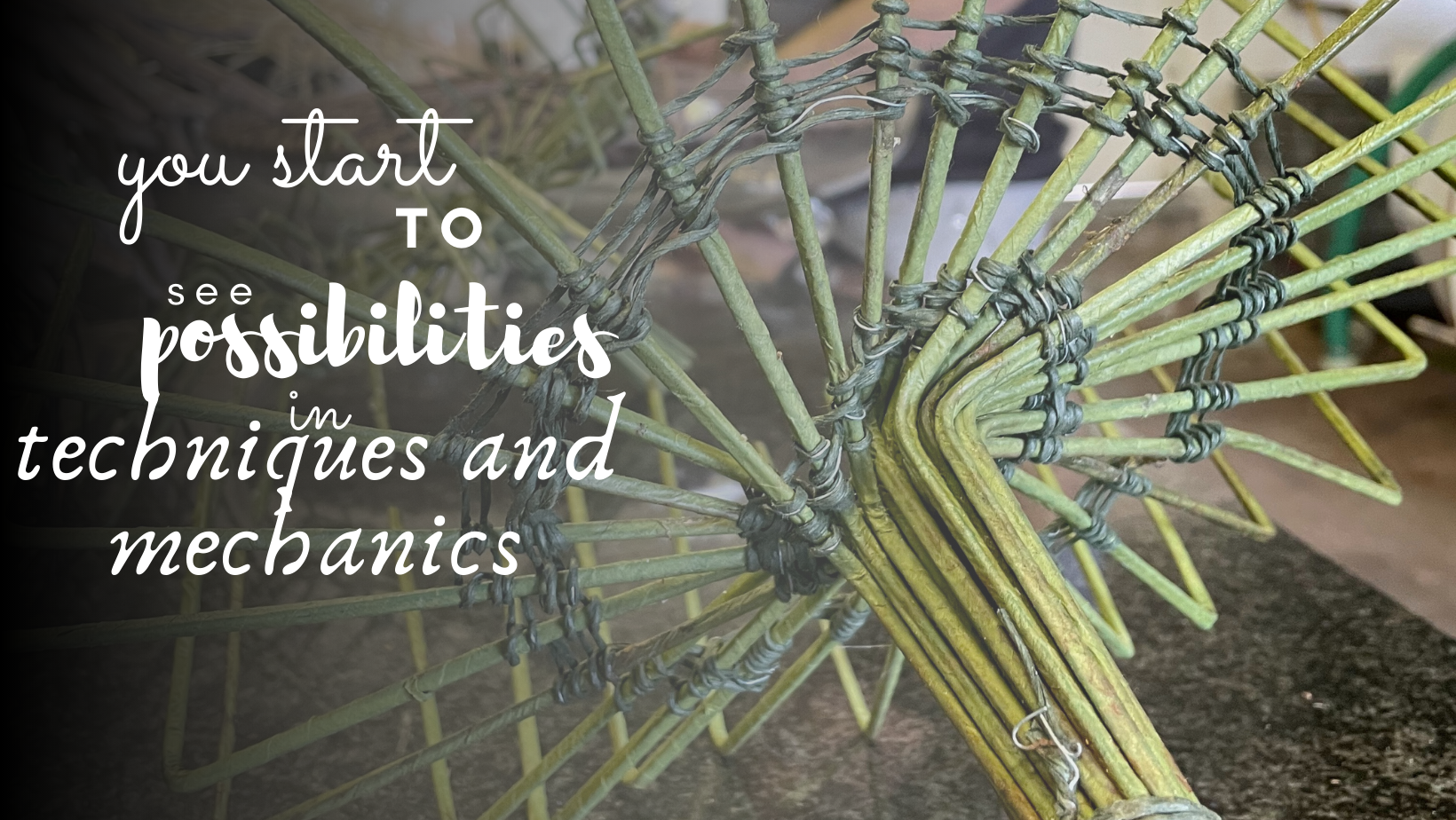
You start to think differently about techniques. It is the same with mechanics. You do not see the mechanic that somebody was making or showing, as an illustration that you have to copy. You see the potential of the mechanic. Maybe you don't have the skill yet to find out a solution that works differently, but you start to think about it. You start to see possibilities in your techniques and mechanics.
Colour
You know what? Creative designers start to know the impact of colour, they start to know the potential. Once again, potential is a beautiful word and an important notion. It's one of my favourite words in the creative world. They see the use of knowing colour theory, and it's not about the colour itself, and it's not about the meaning of the colour. They start to know it's about what the colour does with you, how the colour moves you. We can talk for hours and hours, look at a certain colour such as yellow mustard, yellow, dark yellow, and, whatever, golden yellow. It's not about that. It's about how it moves your inner being. That's a creative designer - they start to know and feel colour, but not fully there yet. He or she is anxious to learn because they are curious, which is one of the most beautiful characters you have as a creative. If you're curious, you want to grow. If you are curious, you want to move on to the next stage, which is always built on the past. You took the decision and creative decisions in the past, and now that brings you to the present: the creative personality you are at this moment.
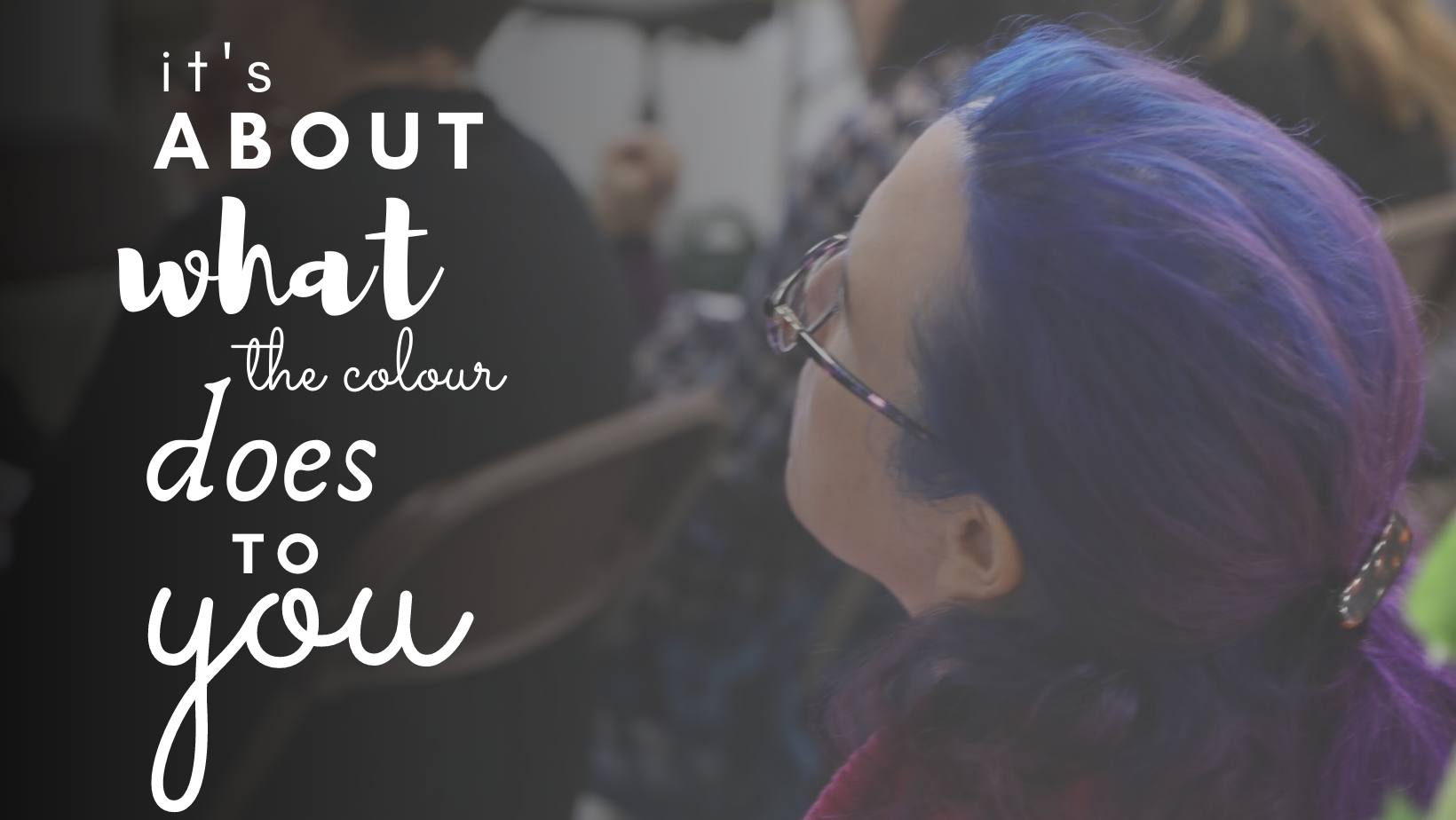
Emotions
Well, I have already talked a little bit about the start to see how you see the emotions. I really remembered those stages, because there was the beginning of an understanding of the emotions, and we did like weddings, but we didn't love weddings. The first weddings that I completed, I made mistakes because it was just a wedding. I do remember that I said to the bride something like, okay, what do you want? Genuinely, what colours do you want? And what is your dress like? I was really getting somewhere but not seeing her personality yet, but, oh my gosh, what happened to me? I was beginning to ask things not related to flowers. Flowers became a mean to express her personality. The fact that I was asking her that made it click in my head, and I said to myself, I have to move on because I want to learn more about this. At that moment, I made a decision and started to freelance! I started to freelance, and I did weddings as one part, I also did little demonstrations, but I also started to freelance for one of the biggest designers in Belgium to learn from that person, not only from that person but also from the environment that designer created around his projects. I'm going to talk a little bit more about this, because that was actually the start of my next stage. Sometimes you have to plant the seeds. If you never plant the seeds, nothing will grow. What I'm saying is that it is such an important stage just in the middle because we have five stages. We have five levels, and we are just in the middle now, it's that pivotal moment when you are going to make the decisions. If you just pass that creative designer stage, you'll go, you're gone. Believe me. I can tell you because I did it myself. I have seen it in my students. I have seen it in so many people. That's the emotions, and something beautiful is happening, because you are aiming to have clear ideas to go for above average designs. What you get is higher level people who are choosing you for above average grade outcomes and designs. They're coming to your business and, of course, for you as well, as they start to see the design capabilities in you. They start to see how you work with colours and they start to see your passion.
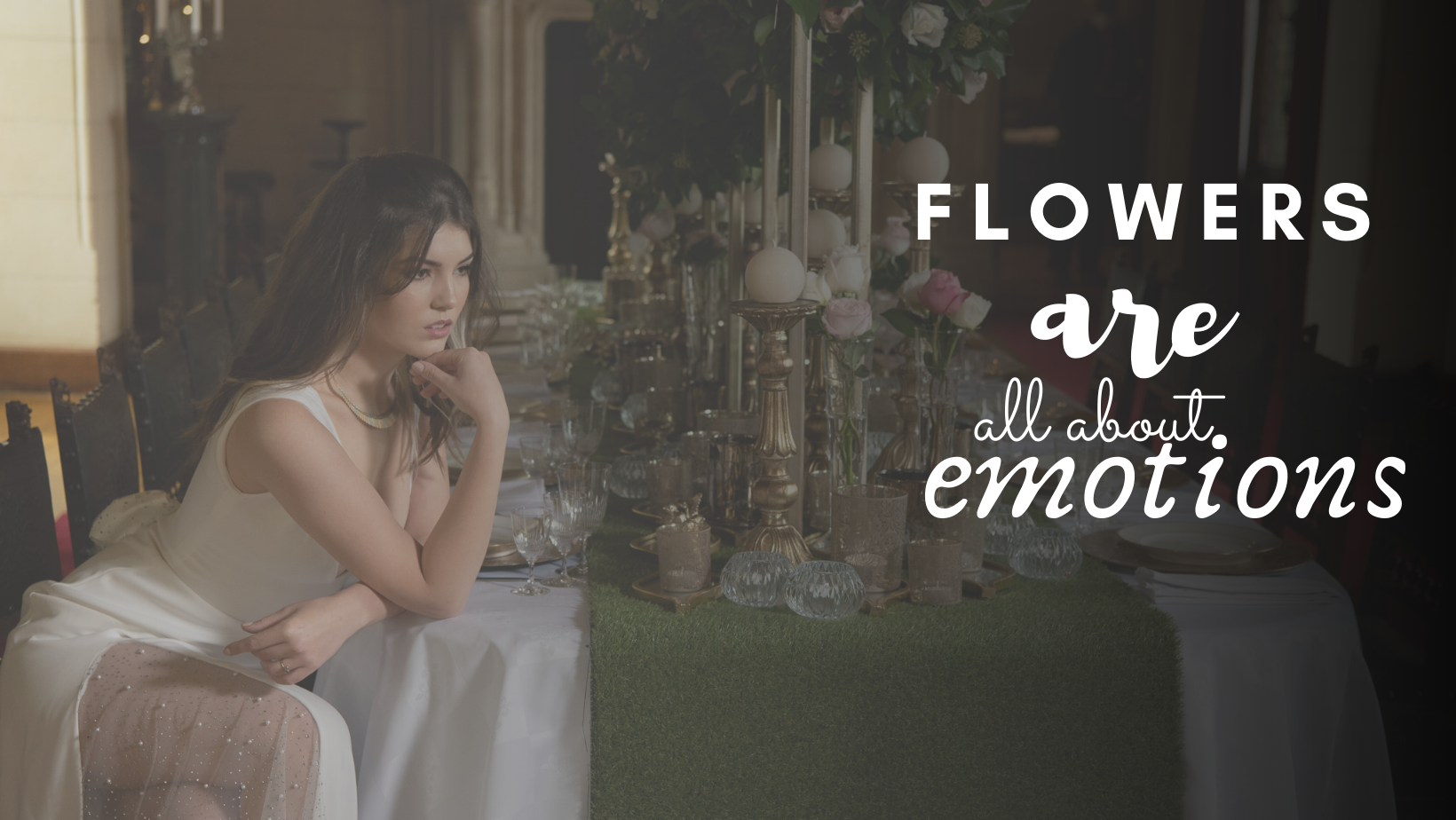
This is where some people have the fear of going out of business. Some of them are really going into the passionate design mould and are very ambitious. That is where fear comes in it. It is a passion, you are ambitious, you want to grow, and people see that in what you do. What happens here is that you manage to create a nice balance with coming up with commercial ideas, but with a flavour and a source of creativity in it. If you know what I mean, it's not always the same ideas and designs, whereas the everyday designer has to produce the same thing all the time and there is a real danger that he will lose his passion. You can start to change, or you can stop the changes. I had to search for that moment where I could find something that led me on, that gave me the input, and somebody who could take me on the journey to become better.
Maybe you are already a conscious designer and are now reaching the state of being a creative designer, wanting to go to the next level of skilled designer. This is a promise of a whole new world opening up for you. You can ask every person that has been at this level and has taken that decision. Your world is changing for the better, but it takes courage. It needs courage to leave that familiar situation where you have a monthly income each month, but you know, it's good. It's one of the biggest decisions to make in your growing process. Once again, if you do it, it will be a success. Find yourself a great coach, a college who wants to encourage you, who wants to support you in what you do. Somebody who is next to you and helps you to progress.
The next step is to move onto the stage of the skilled creative, who starts to know, understand, and master the skill of being a floral designer.
lecture by Tomas De Bruyne
edited by Sara Marie Andrews, EMC and Diana Toma, EMC
Don't miss a beat!
New blogs, course offerings and what we are up to delivered to your inbox!
We hate SPAM. We will never sell your information, for any reason.

